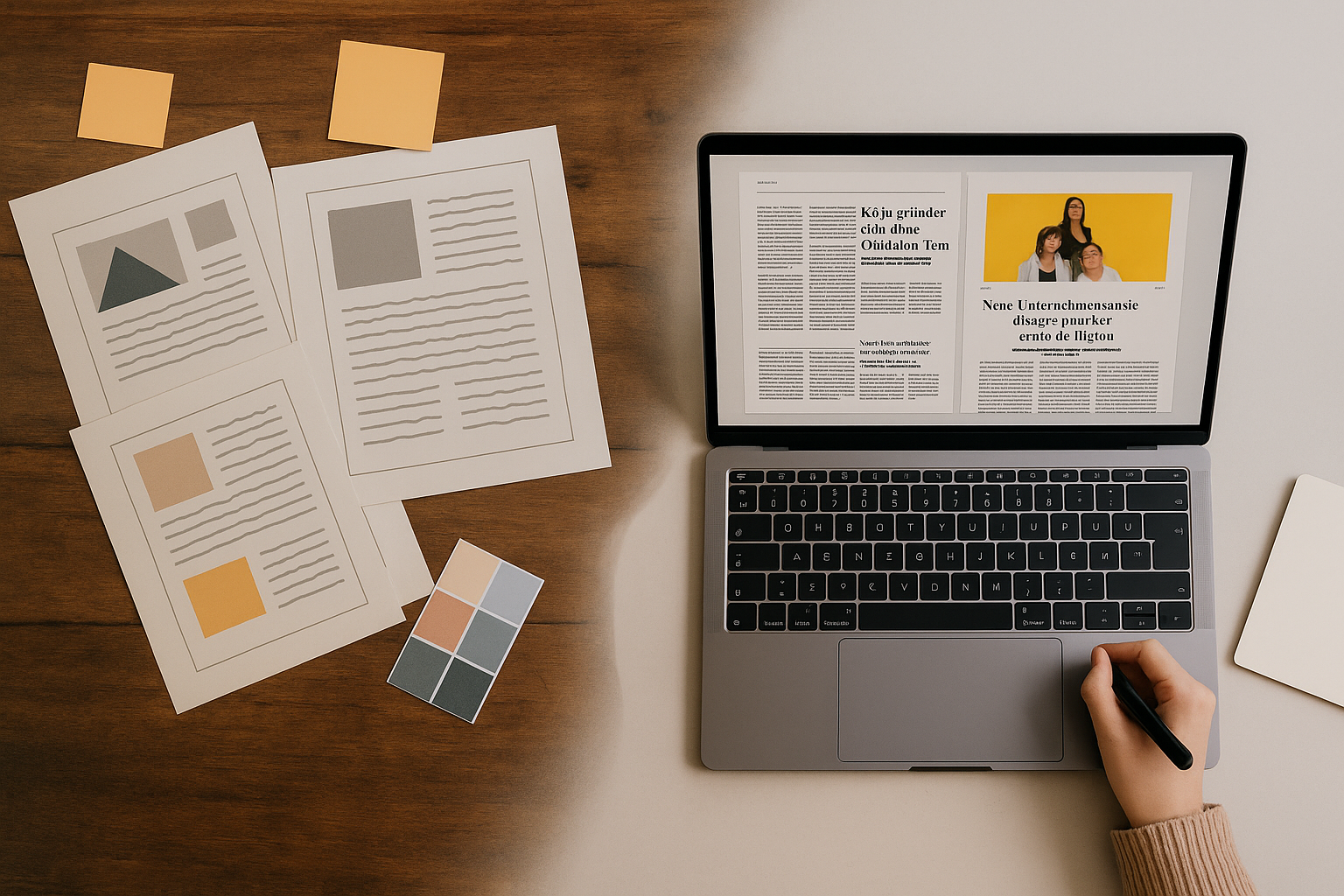
From Chaos to Consistency: Why Design Systems Are the Future of Print Publishing.
In today’s content-driven world, speed matters — but consistency matters even more. Whether you’re publishing a corporate report, a magazine, or a branded brochure, your layout should look perfect every time. Yet for most organizations, print design consistency still depends on manual work and subjective interpretation.
That’s why forward-thinking publishers and agencies are turning to automated design systems — frameworks that define layout rules once and apply them automatically to every edition.
When you define the rules — spacing, typography, image ratios, hierarchy — you no longer rebuild layouts from scratch. Instead, your system enforces structure while preserving creativity.
And that’s exactly where automation comes in.
Platforms like Publfish take these design systems and make them operational. Through a simple API connection, structured content flows directly from your CMS into a print engine that knows your design logic — not just your template.
The result? Every publication looks intentional, aligned, and brand-consistent, no matter who pressed “publish.”
Automation doesn’t standardize creativity; it protects it. Designers can focus on evolving the system rather than repeating it. Editors can update content without breaking formatting. Teams can publish faster without losing control over brand identity.
Consistency becomes the default — not the exception.
For organizations that care about scalability, brand trust, and production efficiency, this shift is not optional. It’s the foundation of modern publishing.
The future of print isn’t about templates — it’s about systems.
And those systems are now powered by automation.